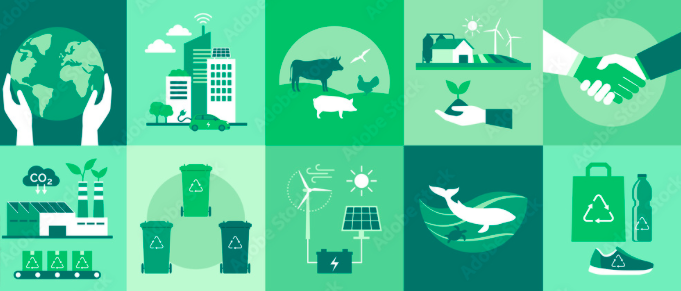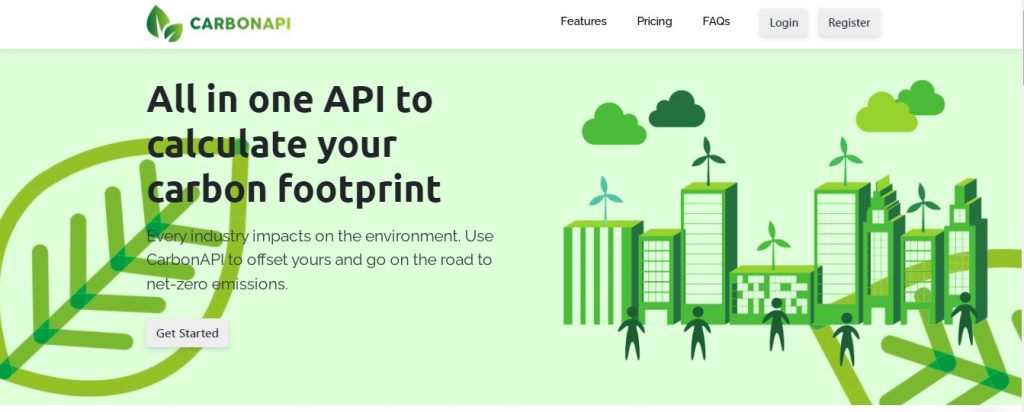Who said calculating your carbon footprint doesn’t come with advantages? Continue reading to discover them!
Concerns about climate change have recently dominated most discussions, forcing businesses and individuals to adopt new practices. The increased focus on healthy, ecologically friendly habits includes an initial evaluation of the world’s negative carbon footprint impact.
What’s a carbon footprint? A person, company, product, or event’s carbon footprint is the yearly direct (within the company) and indirect (outside the business) generation of greenhouse gas (GHG) and carbon dioxide emissions and volatile organic compounds produced during the whole process –raw material cultivation, manufacture, distribution, reuse/recycling, and disposal. Each product and activity should be quantified using a specified unit of measurement, also known as a Carbon Emission Factor.
Advantages of calculating your company’s Carbon Footprint
As Sheldon Cooper explained, “Chaos theory suggests that even in a deterministic system, if the equations describing its behaviour are non-linear, a tiny change in the initial conditions can lead to a cataclysmic and unpredictable result”. In other words, change may complicate things, for example, for businesses implementing sustainable modifications in their everyday operations.
But that’s not necessarily true. Identifying a company’s carbon footprint exposes how much waste and inefficiency it has. Thus, it can be beneficial to business development and expansion. With wastage, no organisation can continue to grow at the same rate. For that reason, measuring carbon and greenhouse emissions has several advantages:

Reduce Operating Costs: Measuring a firm value chain’s carbon emissions shows wasteful expenditure on service components and procedures. A company can cut costs and expenses by switching to alternative energy sources, identifying wasted resources, optimising product distribution and tracking capacity, etc. As a result, profit margins are expanding.
Boost your brand’s credibility: Consumers choose brands that exhibit social and environmental responsibility. They’re even willing to pay more.
Comply with all trading regulations: Many governing entities worldwide have implemented GHG reduction regulations. By conforming to regulating bodies, businesses may ensure that their products and services reach an open market.
Environmental Protection: It is an opportunity to participate in long-term environmental protection and conservation to improve the quality of life for all living creatures, including humans.
Therefore, measuring carbon emissions is a simple first step toward more sustainable growth and greater company success metrics. Plus, it is easy to undergo. The method for calculating carbon footprint is straightforward and relies on information that most businesses already have, such as electricity bills, travel expenditures, and material sources. Check it out:
CarbonAPI
The carbon footprint calculator from CarbonAPI is the first step in achieving net-zero emissions. The API estimates your carbon footprint in production units per hour, material consumption units per hour, or any other Carbon Emission Factor you require. As a result, it will assist you in achieving eco-friendly objectives and motivating social responsibility in your organisation.
This all-in-one CO2 tracker allows you to share your footprint data through API or a website. You may include data on energy use, package delivery, freight & logistics, aircraft, and cars, among other elements. CarbonAPI will categorise the input and, using several calculations, will quantify your carbon footprint in kilogrammes of carbon (CO2 equivalents). Moreover, you’ll obtain analytical graphs of your usage, resulting in transparent reporting.
Furthermore, you can try CarbonAPI‘s easy-to-use calculator for free. Its zero-dollar plan allows up to 20 carbon data submissions per month. Not to mention you’d also gain API access and access to online reports. Don’t worry if you need more. You can upgrade your package to any of the different billed plans –with transparent, affordable fees– that adjust to any entity and usage.
Are you feeling like giving carbon neutrality a chance?


